“So you want to make your ideas come to life, is that it?” An innocuous question, perhaps, but one that seems reasonable when you are walking through a decommissioned power plant with a caretaker/wind turbine engineer who would much rather be a full-time musician. Located several miles outside Reykjavik, Toppstöðin (translated as “the peak station”) was built in 1948 as a contingent energy producer for when the localised power system could not supply the demand. Mothballed in 1986, it lay empty, cold and unused for over 20 years. In 2009, it reopened its heavy-duty doors, but this time to harness and deliver energy of a different kind.
When he isn’t caretaking and engineering, Daniel Auðunsson is a member of harmonic chamber pop/folk group Árstíðir. As he guides me around the industrial interior, which is now home to numerous creative start-up businesses such as designers, architects, innovators and musicians, Auðunsson mulls over my question, as well as the notion of doing his job proficiently yet wanting something else. “My main thing is to make it as a musician,” he says, “but I have to do other things to make a living.”
The first thing my foreign friends told me is that we Icelanders are very impulsive. If a problem arrives I just engage with it as and when it occurs
Like everyone I will meet and talk with over three days in and around Reykjavik, Auðunsson seems genetically predisposed to speaking gently – but bubbling under is a passion to create. In an office littered with engineering tools and boxes of Árstíðir CDs and vinyl, Auðunsson says that his discovery of why so many Icelanders are musicians, writers or performers has been gleaned mostly from outsiders.
“None of this is scientific,” he accepts, “but the first thing my foreign friends told me is that we Icelanders are very impulsive. We have a saying here that is very popular, it goes something like ‘we fix it on the way’. As someone who oversees a building that houses start-up businesses, I can see that people plan and strategise. But as a musician or creative person? If a problem arrives I just engage with it as and when it occurs.
“I have a very cultured French friend,” adds Auðunsson. “The French know their movies, they know who the producers and the cinematographers are. He said one thing to me that I had never thought of before: ‘You Icelanders never talk about culture, you just do it.’”
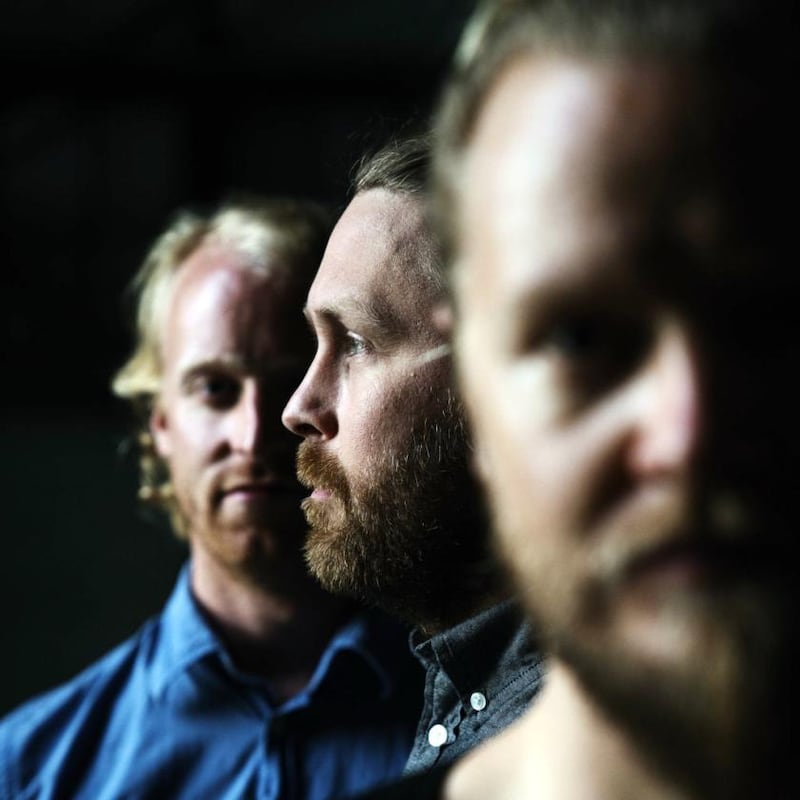
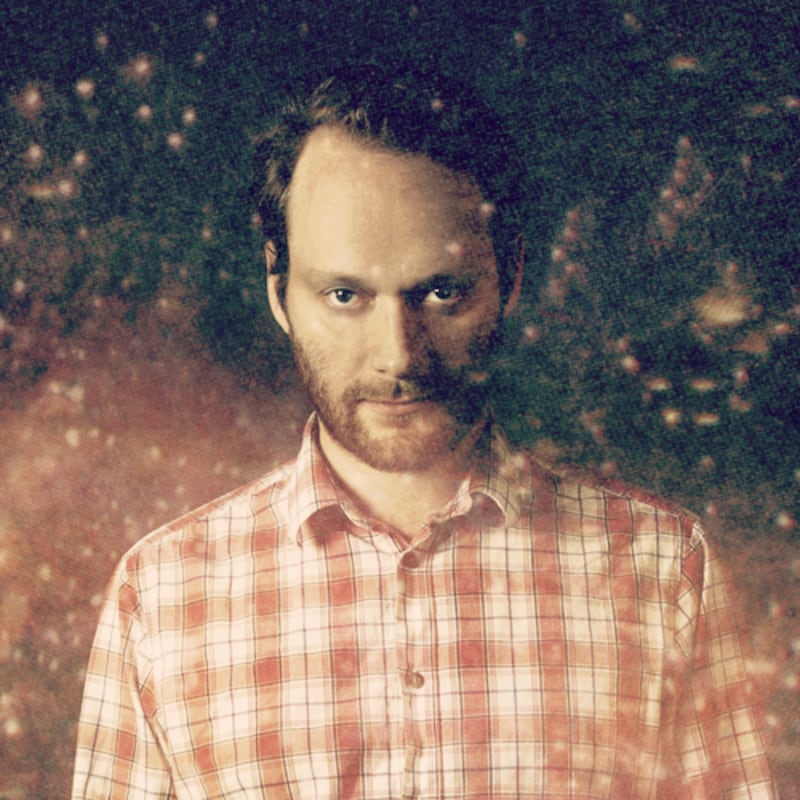
Filtered out
Several hours later, in the city-centre bar Skuli, I meet up with Sigur Rós’s bass player, Georg Hólm. With appreciative nods whenever an artist he particularly likes (Leonard Cohen, Nico, Iggy Pop) pops up on the sound system, Hólm charts the changes in how Icelandic music has filtered out from when he and his bandmates began performing in 1994.
"When we started there were so many underground bands – we played small venues for nothing other than the experience of it and some alcohol. Even now, having occasionally lived outside Iceland, I think there is a bubble of creativity that lives underground until it explodes. And if it doesn't explode, then it filters out more and more."
There is a rationale within musicians in Iceland, suggests Hólm, “to not ask too many questions when it comes to doing something that may or may not work”.
After Björk, we wanted opera singers on Scala, a symphony orchestra that could do Beethoven, pop music, death metal, hip-hop
Such logic could be viewed as either impetuous or egotistical, but Andri Snaer Magnason has other thoughts. Indeed, Magnason has thoughts on many things – the author, poet, essayist, playwright, environmentalist and presidential candidate is a one-person think tank.
“It is not the big ego,” he maintains, “but more the minority complex and the frustration of people outside Iceland not knowing anything about us, not expecting anything from us. It is the minority complex of being from a cold, crummy rural outpost of the world, the longing to be seen as equal to other nations, the belief that you are better, to be seen as people of culture.”
The minority complex that Magnason talks of shifted significantly with the international commercial success of singular artists such as Björk and, later, Sigur Rós.
“An early paradigm shift happened with Björk,” he contends. “For the first time, someone and something made in Iceland was actually influencing people in Japan, Berlin or California.”
Before Björk, he submits, Iceland was “always a few years behind, picking up trends and doing them here. After Björk, we wanted opera singers on Scala, a symphony orchestra that could do Beethoven, pop music, death metal, hip-hop.”
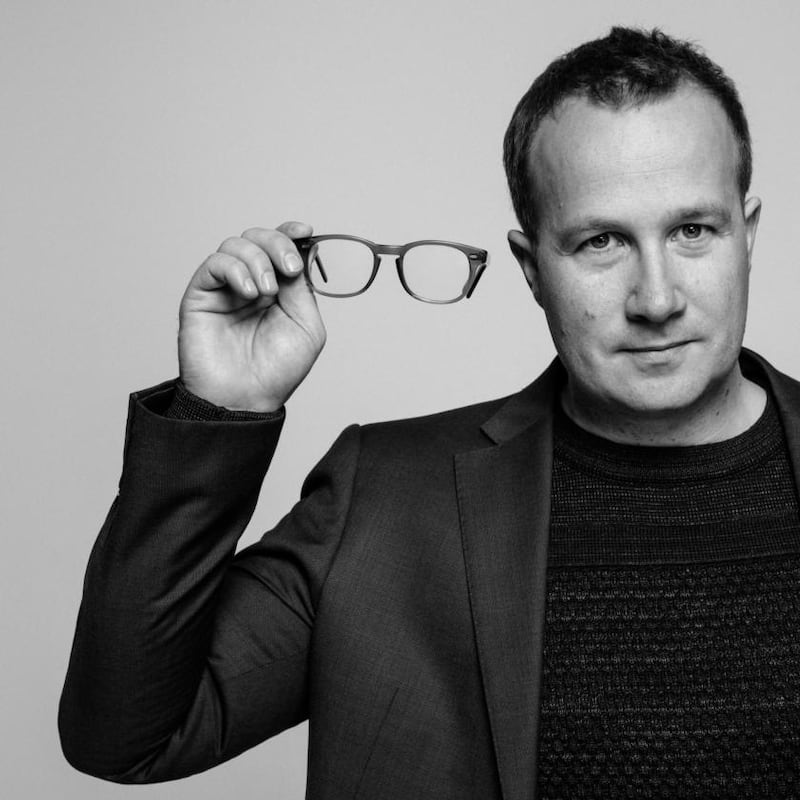
Finely calibrated
Self-worth is balanced on a finely calibrated scale. In recent years, Magnason hints, when fame and respect were possibly taken for granted, some artists “might have developed an ego, but I would argue the roots of this were from an ambition to be as good as others, to share the stage with them”. He regards his country’s need to be seen to do as much as possible across many creative areas as the source of its widely praised cultural cross-pollination. For musicians Ásgeir and Ólafur Arnalds, each of whom I talk with at IDNO, a sun-dappled pond-side cafe, there are other considerations.
Arnalds contends that musicians in Iceland simply have to collaborate “or they don’t survive”. As essentially a solo musician, Ásgeir points out he might not need to collaborate as much as others. Also, a primary magnet that pulls creativity from both musicians is a dedicated sense of community. Prior to our meeting, Ásgeir had recently completed a solo tour of small towns in Iceland. Some performances were exclusively for the elderly. “People over the age of 85 or 90,” he tells me. “One person in the audience at one of the shows was 104.”
In some countries, people knock you down as soon as you try to stand out. In Iceland, it is the reverse
“The Icelandic community is so small,” adds Arnalds, “that we have to work with each other.” Singer and songwriter Jófríður Ákadóttir aka JFDR agrees with Arnalds. Chatting before rehearsing new material with the Reykjavik Chamber Orchestra, she allows that because there are so many accomplished musicians in Iceland there is less rivalry. “I don’t think music thrives very well when there is a lot of competition,” she remarks. “Ireland and Iceland are generally very supportive to musicians, but you have to be resourceful as well because there aren’t that many people here.”
For some, it is not only the survival of the most resourceful. It is also being aware, instinctively, of music that isn’t perceived as being archetypal. GKR belongs to a large (and increasingly praised) hip-hop congregation that includes Króli, Alvia, Countess Malaise, Reykjavíkurdaetur and Lord Pusswhip. Admitting that he uses his creativity to self-medicate bouts of depression, GKR tells me that he got into acts such as Kanye West and Wu Tang Clan because, “similar to punk, hip-hop is unfiltered, it’s like having a friend talk to you.”
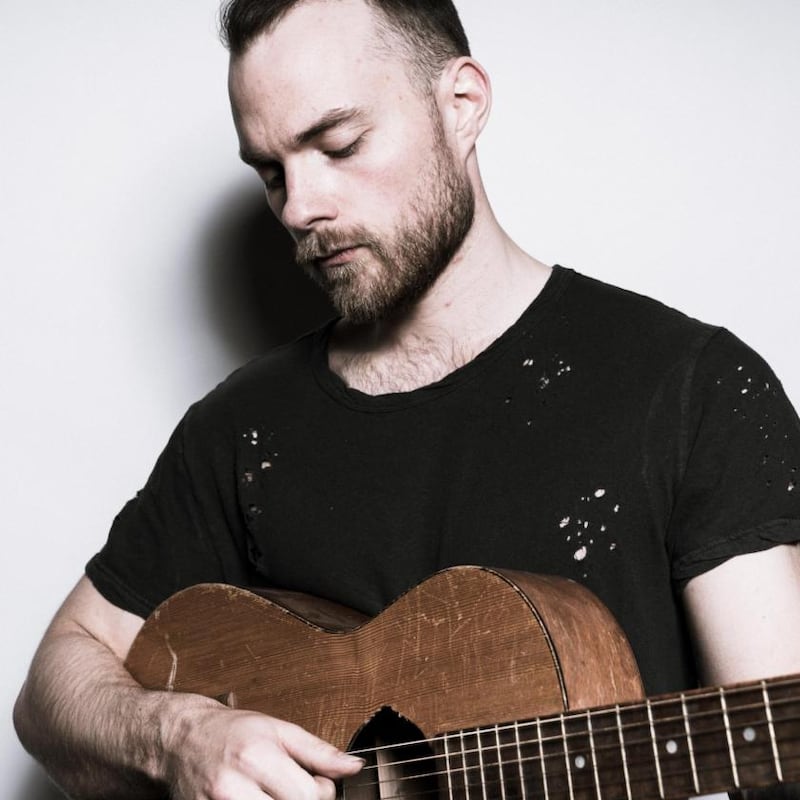
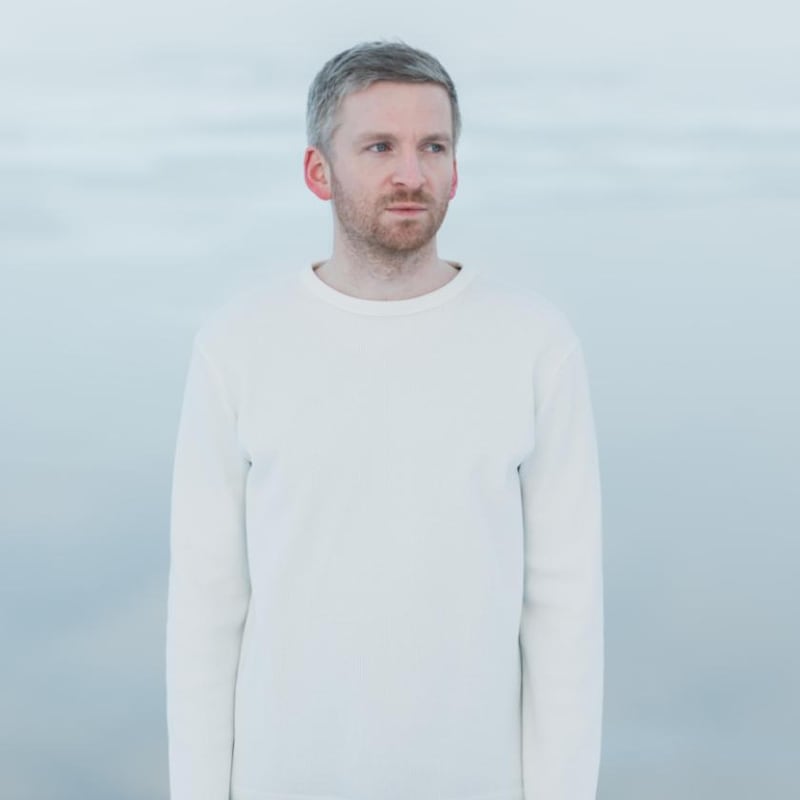
Earworm mix
At his office-cum-studio on the outskirts of the city, GKR presses a button to play an unreleased song that is an earworm mix of commercial pop and hip-hop. The only problem is that I don’t understand the lyrics. The tune is so patently radio-friendly, I suggest it would surely be an international hit if they were in English.
“If I start to sing in English,” GKR says, “then it has to be natural. I don’t want to force it, because then it might come across as opportunistic.” Such is the nature of this Icelandic musician: he doesn’t necessarily want success if it doesn’t match his principles, or (perhaps more significantly) his own sense of achievement.
On and off the island, notes Magnason, there is an instinctive appreciation for creative accomplishments of Icelandic musicians/artists, and what he perceptively describes as “a tolerance for strangeness”. In some countries, he says, “people are known for knocking you down as soon as you try to stand out. They ask ‘who do you think you are?’ In Iceland, it is the reverse.”
Tolerance for oddness? Boundless experimentation? Reckless spontaneity? The importance and impact of community? At the bar, Sigur Rós’s Georg Hólm nurses a second beer. “It is either these or every single musician in Iceland is misunderstanding something,” he says. “But, you know, whatever is lost in translation is absolutely okay.”
Back at the decommissioned power plant, Daniel Auðunsson reckons there is some level of artistic chemistry in Iceland that can only be defined “by the mixture of bad weather, impulsiveness, and small communities. The lines of communication are shorter and therefore they interconnect easier.”
Over at the waterside café, Ólafur Arnalds points directly to Iceland’s psycho-geography, and how his country’s turbulent and tranquil terrain can subliminally influence, well, just about everything.
“Like DNA,” he states, “it is engraved in us.”
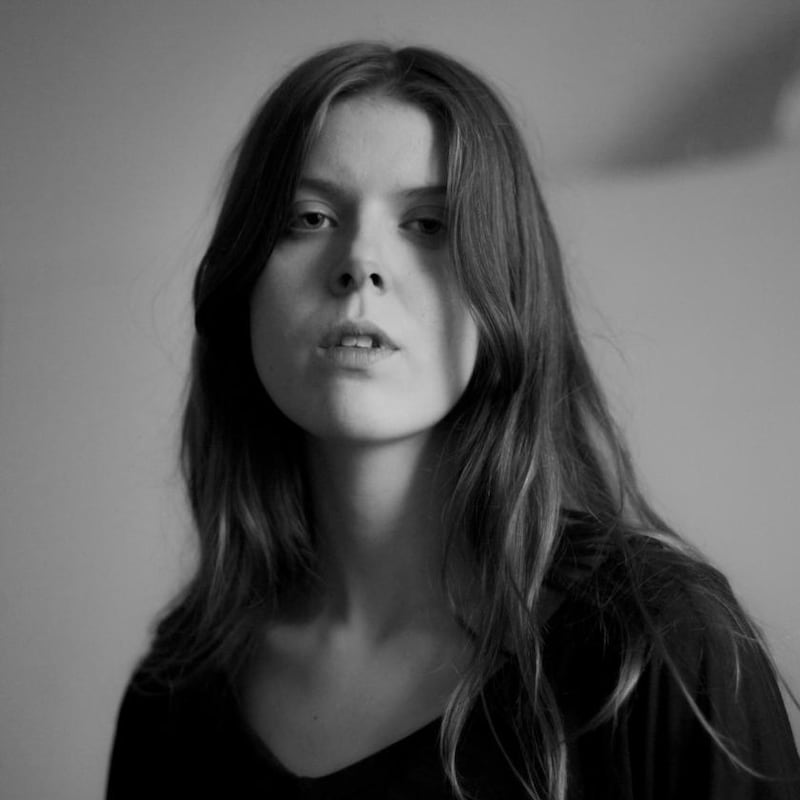
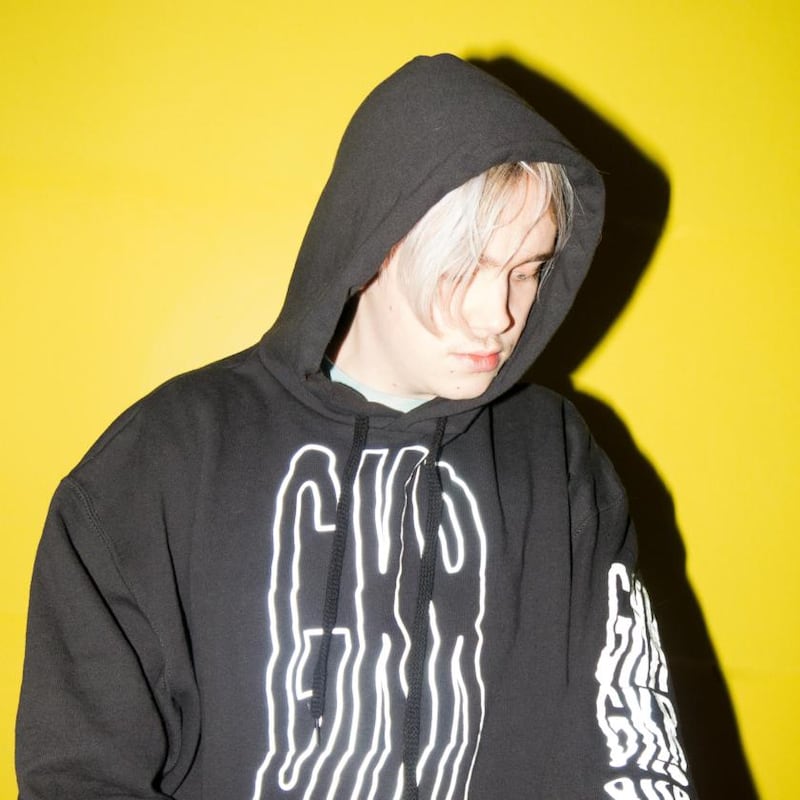
ICELAND AIRWAVES 2018
Iceland Airwaves has many reasons to celebrate, not least its 20th birthday, but also because it has steadfastly continued its policy of showcasing new music. The festival began as a one-off event in 1999 at an airplane hangar at Reykjavik Airport. Alongside the music, which is hosted across the compact city in a range of spaces – from major custom-built venues, art museums and churches to small bars, bookshops and record stores – there is a music industry conference/seminar strand. As much a recognised brand as a constituent part of the country's annual cultural calendar, this year Iceland Airwaves features 240 acts from 25 countries. The majority of performers are from Iceland, while international acts include Blood Orange, Soccer Mommy, Superorganism, Natalie Prass, Nadine Shah and Stereo Honey. Irish acts on the line-up are Fontaines DC and Rejjie Snow.















